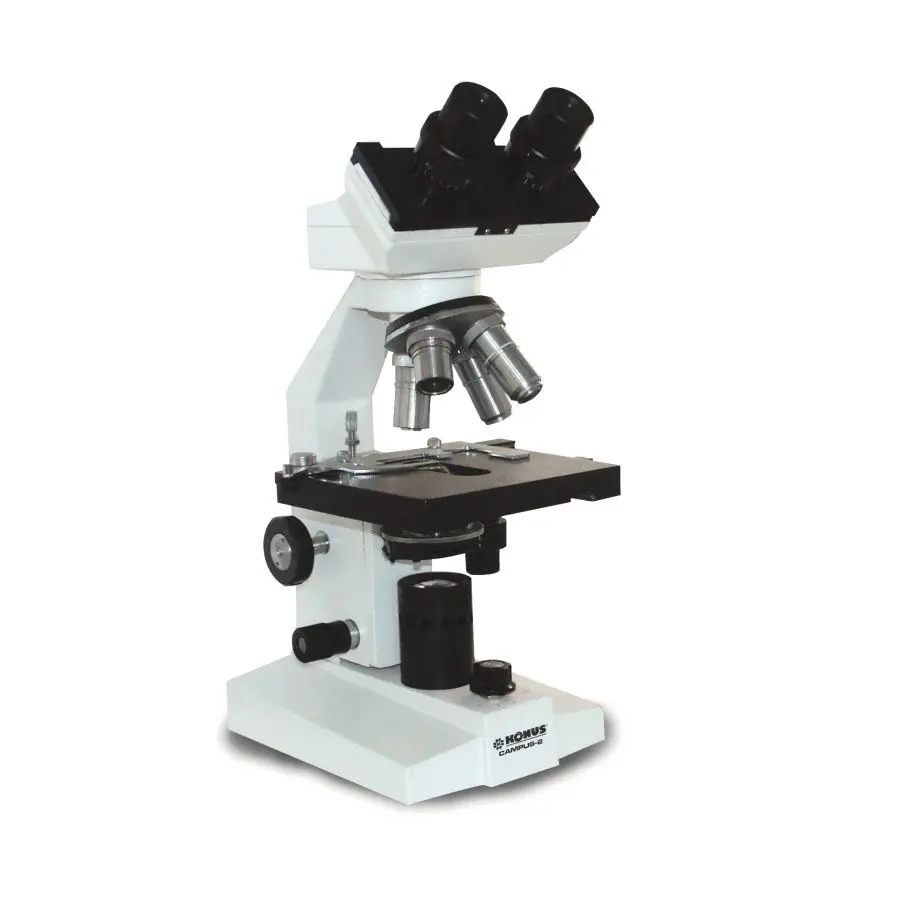Konus Campus Biological Microscope - Power and Accuracy for Biology Students and Enthusiasts
- ✅ Ingrandimento potente fino a 1000x per osservazioni dettagliate.
- ✅ Oculare WA 10x e obiettivi multipli per immagini nitide e chiare.
- ✅ Testata rotante a 360° per una facile condivisione delle osservazioni.
- ✅ Regolazione interpupillare per una visione personalizzata e confortevole.
- ✅ Compatibile con fotocamere per acquisizione di immagini e video.
Full description
Konus Campus Biological Microscope - Power and Accuracy for Biology Students and Enthusiasts
Il Konus Campus è un microscopio biologico versatile e potente, progettato per offrire un’esperienza di osservazione dettagliata e precisa, ideale per studenti e appassionati che vogliono esplorare il mondo microscopico in modo professionale.
Main Features:
Ingrandimento fino a 1000x
Per osservazioni dettagliate di campioni biologici con precisione eccezionale.Oculare WA 10x e obiettivi 4x, 10x, 40x, 100x
Immagini nitide e chiare grazie a ottiche di alta qualità.Testata rotante a 360°
Facilita la condivisione delle osservazioni con più utenti.Regolazione interpupillare
Personalizza la distanza tra gli oculari per una visione confortevole.Messa a fuoco macro e micrometrica
Regolazioni doppie per una messa a fuoco rapida e precisa.Tavolino traslatore con movimento micrometrico doppio
Permette spostamenti precisi e controllati del campione.Condensatore AN 1,2 e diaframma iride portafiltri
Illuminazione uniforme e regolabile per immagini ottimali.Collegamento a fotocamera/videocamera
Compatibilità con dispositivi per acquisizione di immagini e video, ideale per documentazione e presentazioni.
Ideal for:
- Studenti di biologia e scienze naturali
- Laboratori didattici e scolastici
- Appassionati di microscopia e ricerca scientifica
Con il Konus Microscopio Biologico Campus avrai uno strumento affidabile che unisce qualità ottica, versatilità e facilità d’uso per esplorare il mondo microscopico con chiarezza e precisione.
This article can be found at pg. 194 Of our primary and secondary catalog



